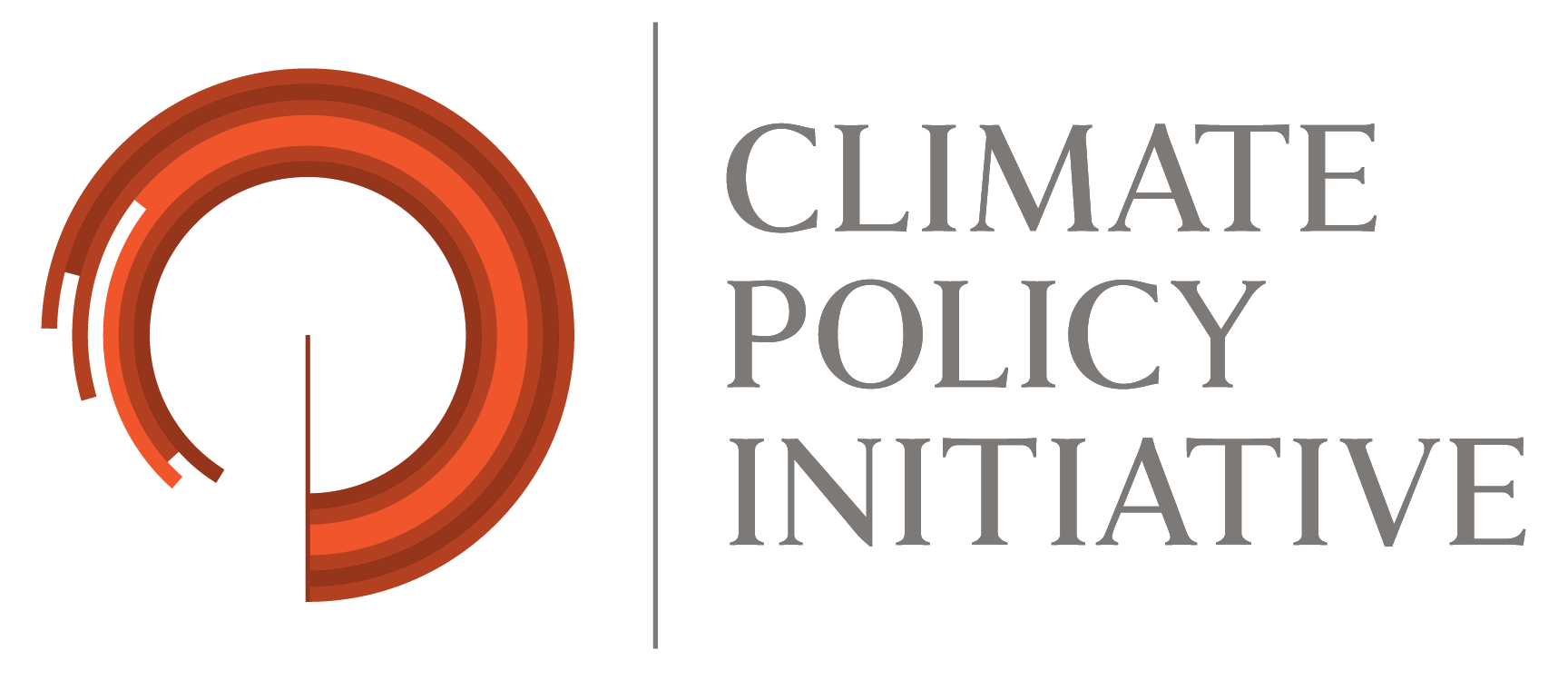Lanskap Pembiayaan Iklim
Data yang jelas tentang aliran pendanaan iklim di tingkat global dan nasional sangat penting untuk menjaga momentum Perjanjian Paris. Jika tidak, sulit untuk mengidentifikasi kesenjangan, mengukur kemajuan, dan mengoptimalkan penyebaran sumber daya publik dan swasta untuk membuat pendanaan yang konsisten dengan tujuan iklim.
Lansekap Global Pembiayaan Iklim CPI memberikan tinjauan paling komprehensif tentang sumber dan instrumen keuangan yang mendorong investasi dan berapa banyak pendanaan iklim mengalir secara global dan ke sektor mana. Metodologi Lansekap kami yang kuat telah diterapkan di tingkat nasional di 22 negara, termasuk mulai bekerja dengan pemerintah India, Indonesia, Brazil, Kenya, dan Afrika Selatan untuk melengkapi strategi pembiayaan NDC mereka. Ini juga telah digunakan di sektor-sektor kritis yang membutuhkan lebih banyak pembiayaan, termasuk penggunaan lahan, adaptasi, akses energi, dan keuangan energi terbarukan.
Pekerjaan kami, yang diawasi oleh Kelompok Pelacakan Keuangan yang selaras dengan Iklim, memengaruhi Perjanjian Paris, dan terus digunakan oleh UNFCCC dan Klub Keuangan Pembangunan Internasional dalam diskusi pembuatan kebijakan.
Karya unggulan
Blog
Six Reasons Why Urban Adaptation Finance Is Falling Short in the Global South
Cities are on the frontlines of the climate crisis. While the need for urban adaptation is growing, funding remains alarmingly low. This blog from CCFLA reveals why finance isn’t flowing—and what can be done to close the gap.
Pekerjaan terbaru
Publikasi
Understanding the Quality of Climate Finance
As public resources face growing pressure, understanding not just climate finance flows but also how well they are delivered—is critical. This report offers a framework for assessing the quality of public climate finance, with clear pathways to deliver sustained, transformational change at the project, market, and system levels in EMDEs and beyond.
Blog
Green Guarantee Group
The Green Guarantee Group aims to produce solution-oriented recommendations for decision-makers, fostering a significant increase in the use of green guarantees. CPI will provide high-level advisory and produce reports identifying key challenges, innovative solutions, and recommendations for scaling green guarantees ahead of COP30.
Publikasi
Scaling Up Green Guarantees: Recommendations by the Green Guarantee Group
Despite record growth in global climate investment, the finance gap remains vast, especially in emerging markets and developing economies. Guarantees are among the most effective tools to mobilize private capital for climate action but remain underused. This report by the Green Guarantee Group offers clear, practical recommendations to scale their deployment where they are needed most.
Publikasi
Forest Restoration in the Amazon: What is the Role of State-level Public Policies?
Researchers from CPI/PUC-RIO conducted a mapping and analysis of state legislation directly or indirectly related to forest restoration. This report identifies the main contributions, limitations, and opportunities of current state policies.
Publikasi
Blended Finance Playbook for Climate-Smart Agrifood Systems
Building on field evidence and expert insights, this playbook is designed to support concessional investors to strategically and effectively invest in climate-smart agrifood systems.
Publikasi
Legal Gold Garimpo in the Amazon: Recommendations for Adequate Control of Socio-environmental Impacts
In this publication, researchers from CPI/PUC-RIO and Amazon 2030 analyze the main environmental protection rules related to garimpo and identify that legal garimpo does not comply with the necessary safeguards to prevent or mitigate socio-environmental damage in the Amazon.

